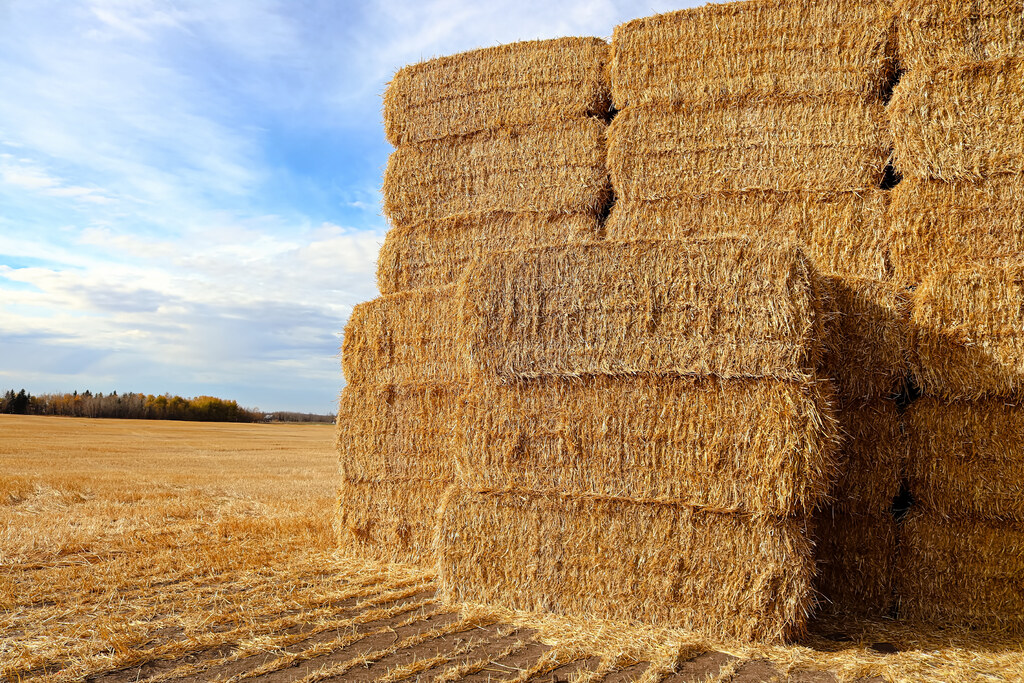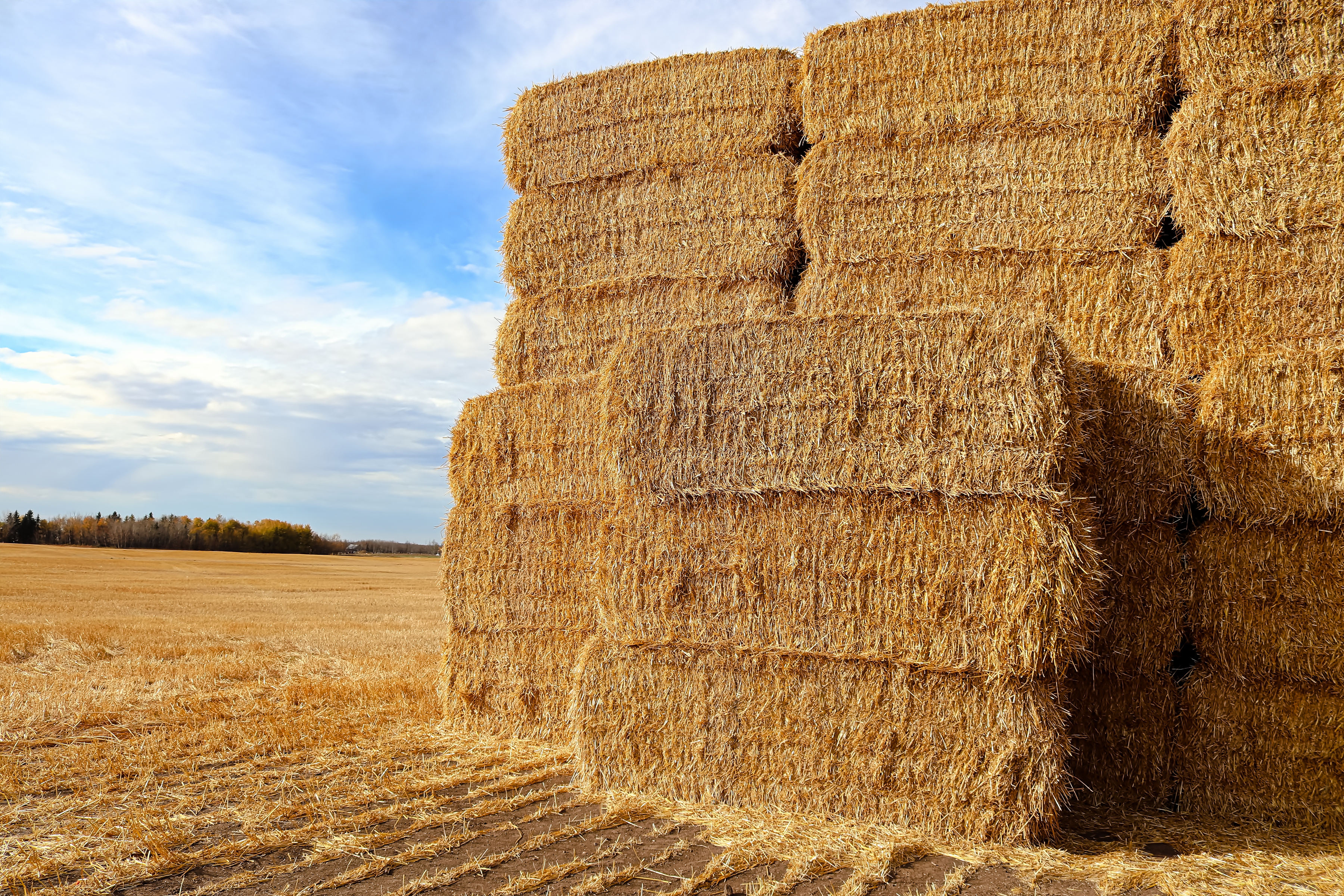
Green hydrogen and platform chemicals from agricultural residues
The AGRI-WASTE2H2 project aims to improve energy efficiency in agriculture by increasing output and reducing dependence on fossil feedstocks. Modern farming, while vital to food production, consumes large amounts of…
The AGRI-WASTE2H2 project aims to improve energy efficiency in agriculture by increasing output and reducing dependence on fossil feedstocks. Modern farming, while vital to food production, consumes large amounts of energy and emits significant CO₂. It also produces underused side-streams like husks, peels, and straw.
This project seeks to convert such waste into valuable products through innovative electrochemical processes powered by renewable electricity. By doing so, it supports the shift to sustainable materials, chemicals, and fuels, contributing to a greener society.

Photo credit: Amelia.
A key focus is on using straw-derived cellulose in advanced electrolysis to produce green hydrogen more efficiently than traditional methods. Alongside hydrogen, the process yields platform chemicals such as glucaric acid, a key ingredient for bio-based plastics.
Through collaboration across the Nordic-Baltic region, AGRI-WASTE2H2 supports Europe’s Hydrogen Economy strategy and helps lower greenhouse gas emissions, offering clear benefits for the environment and society.

